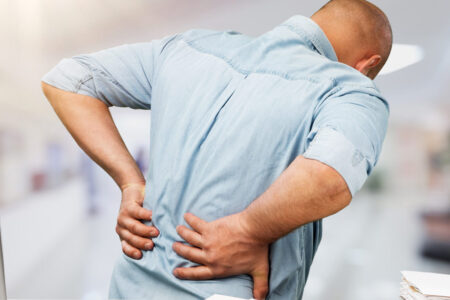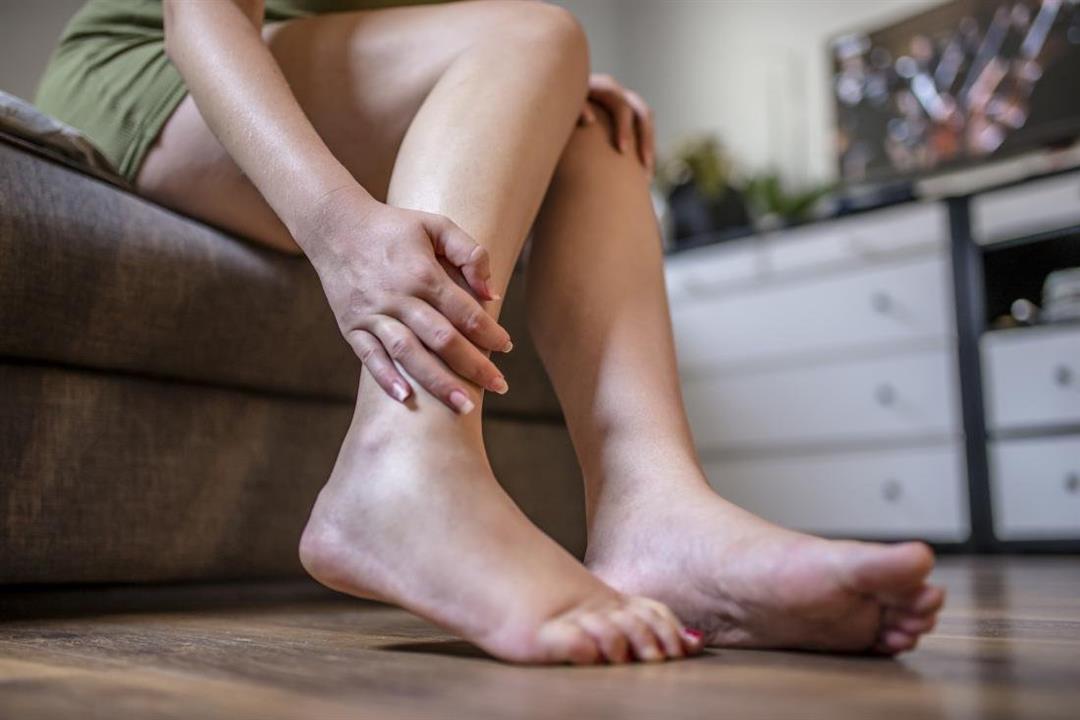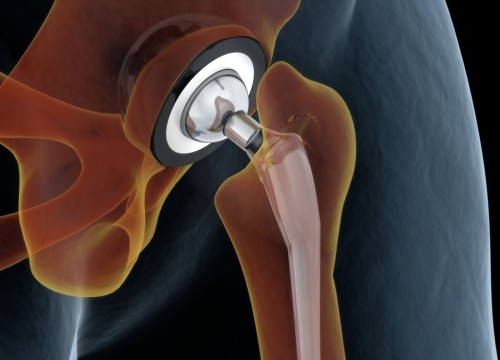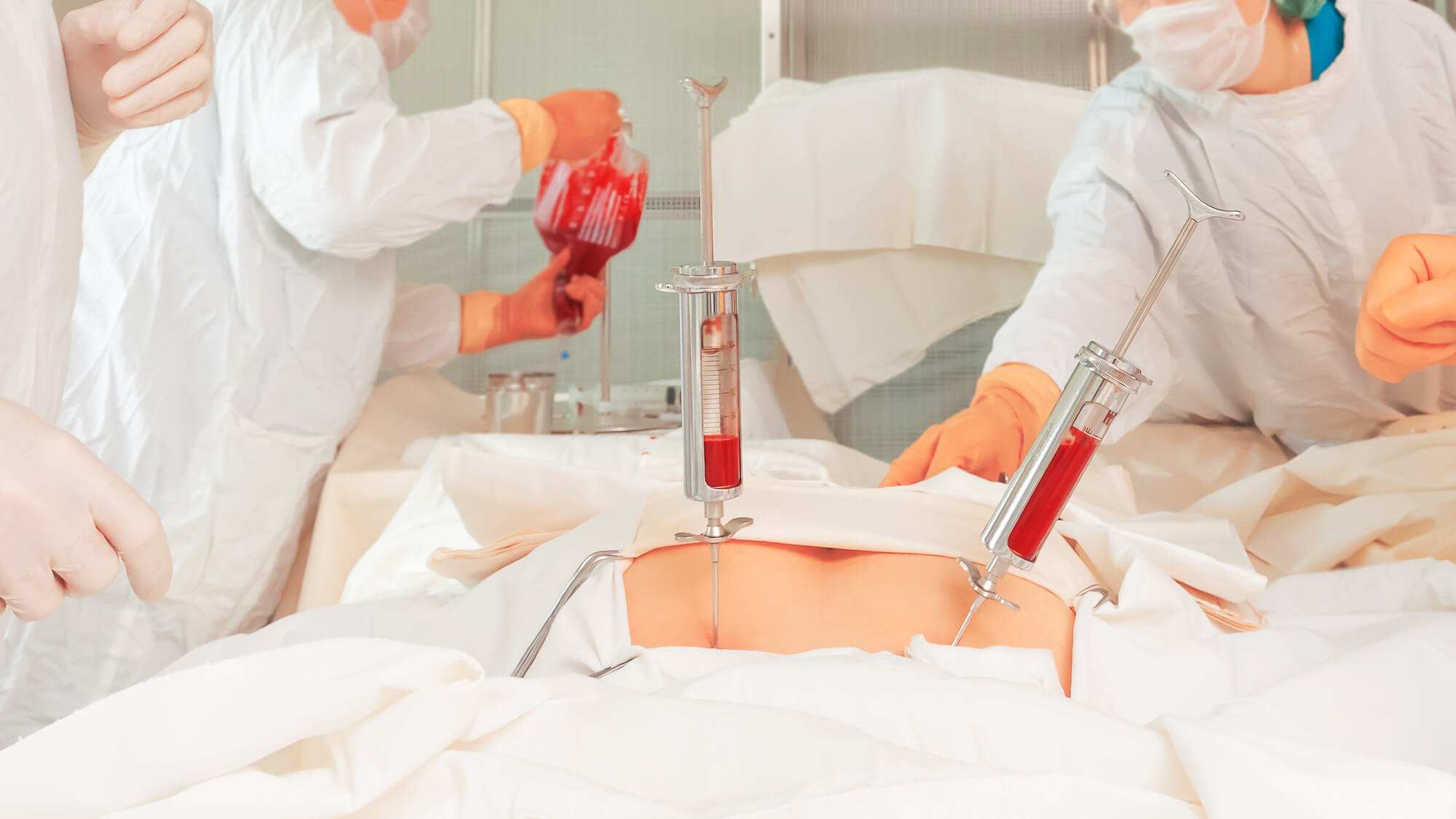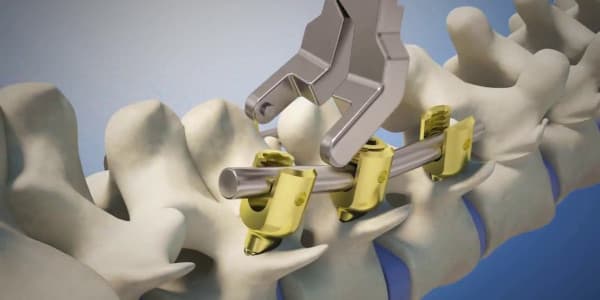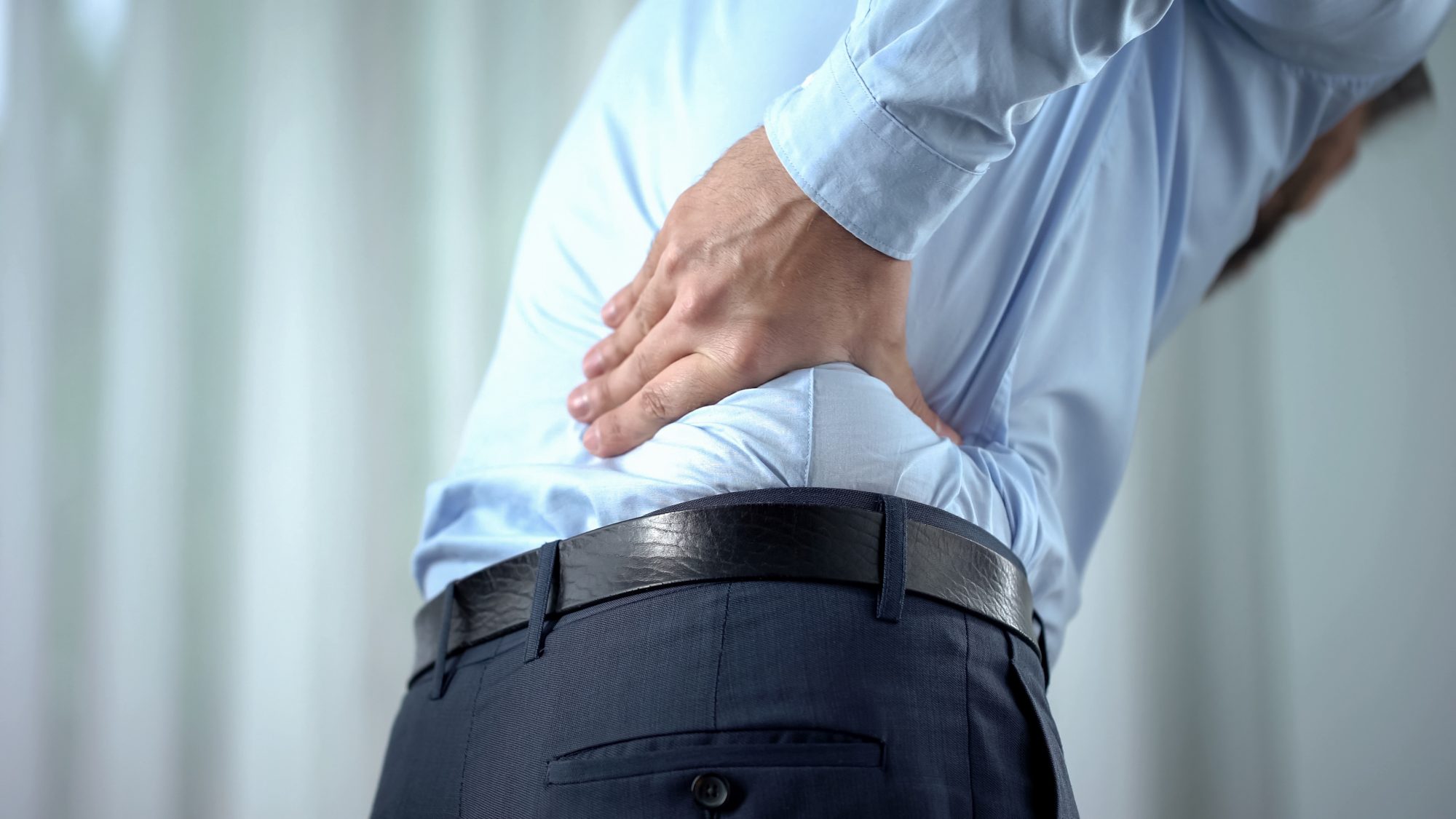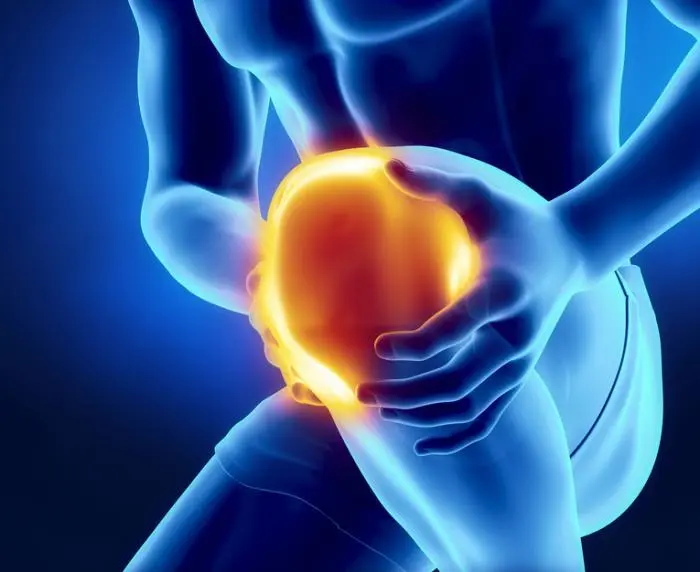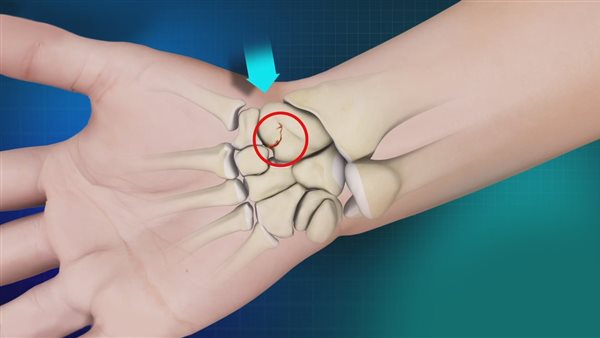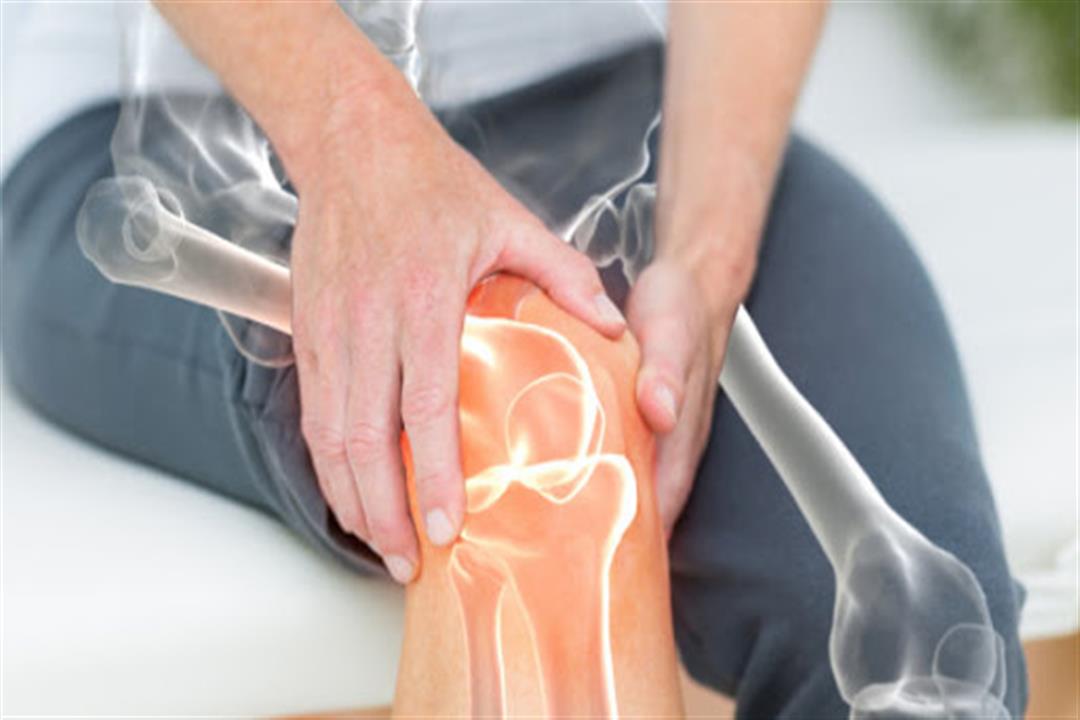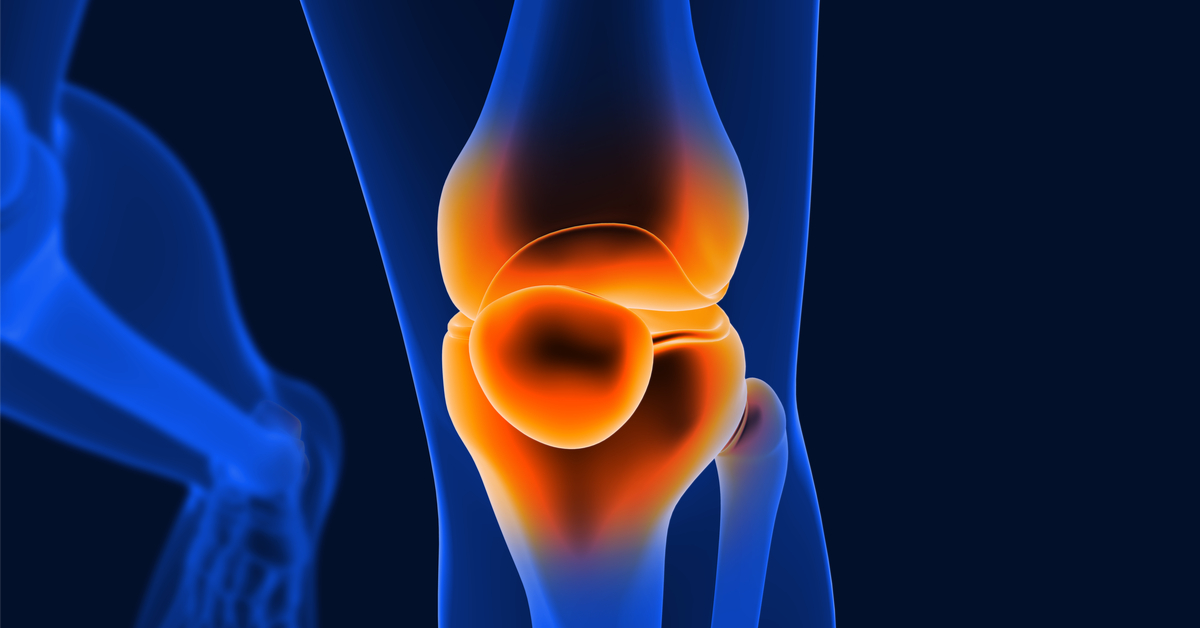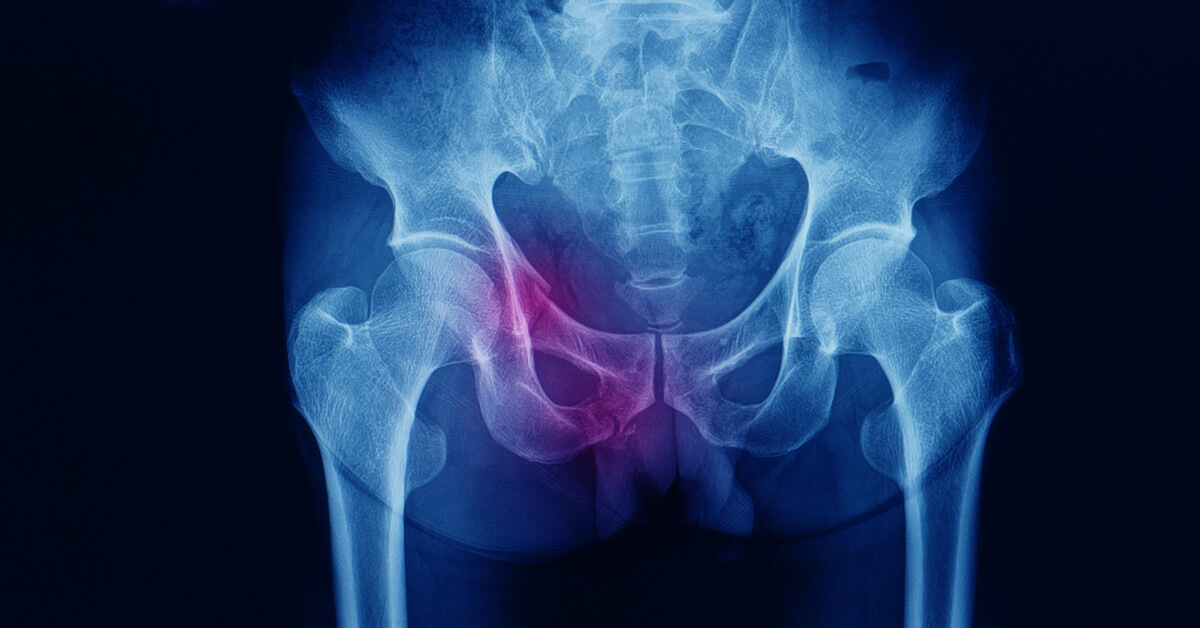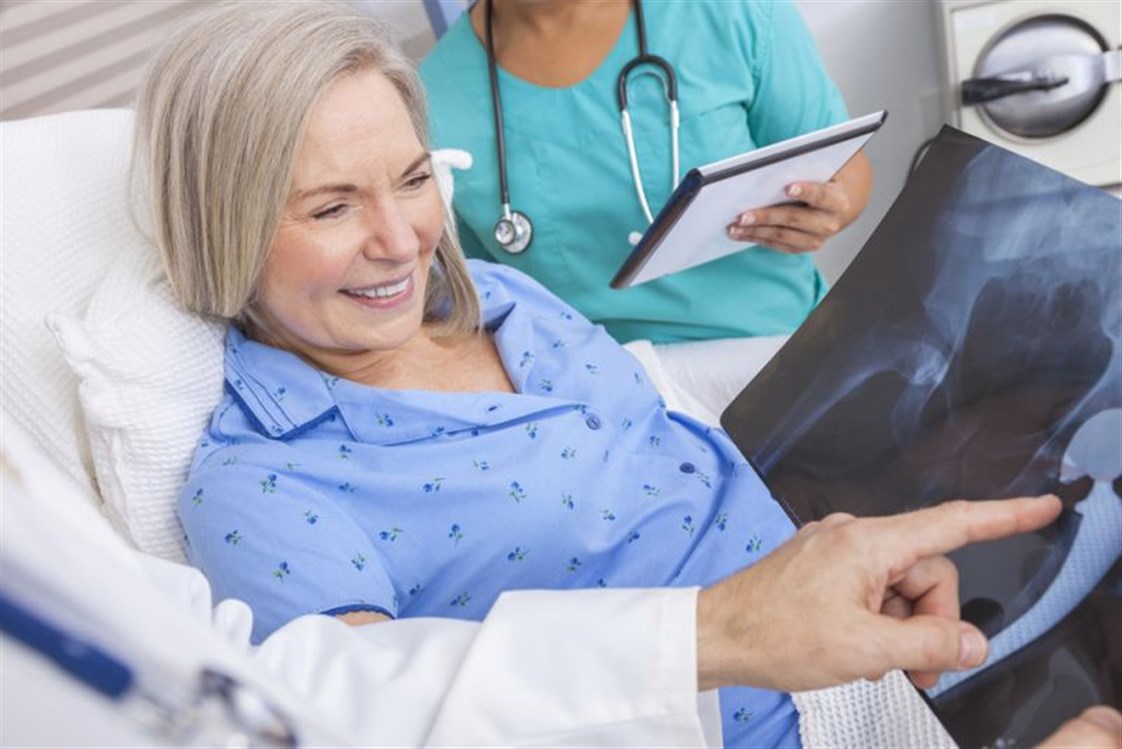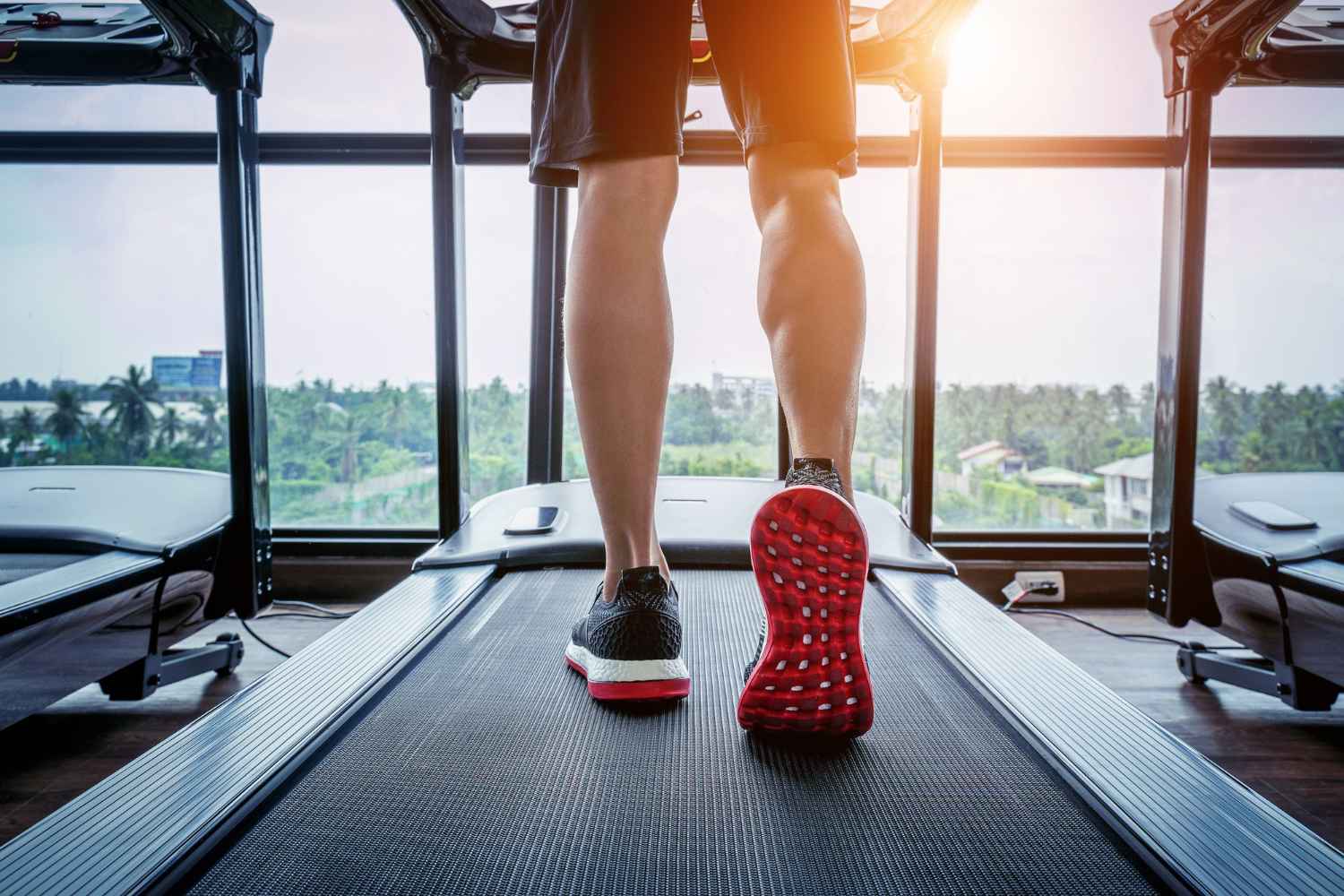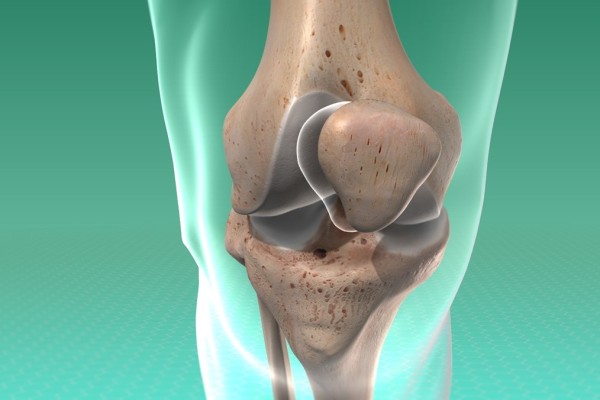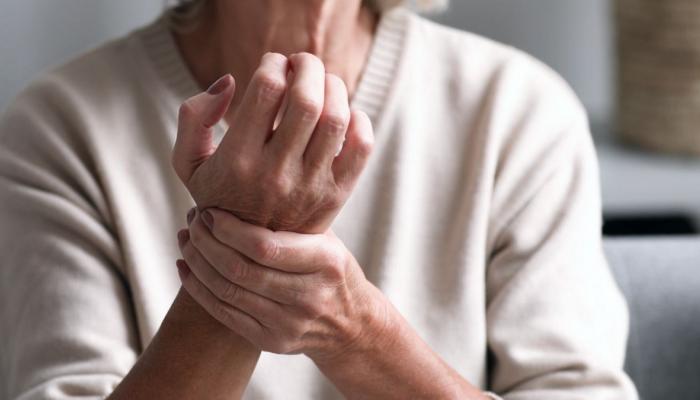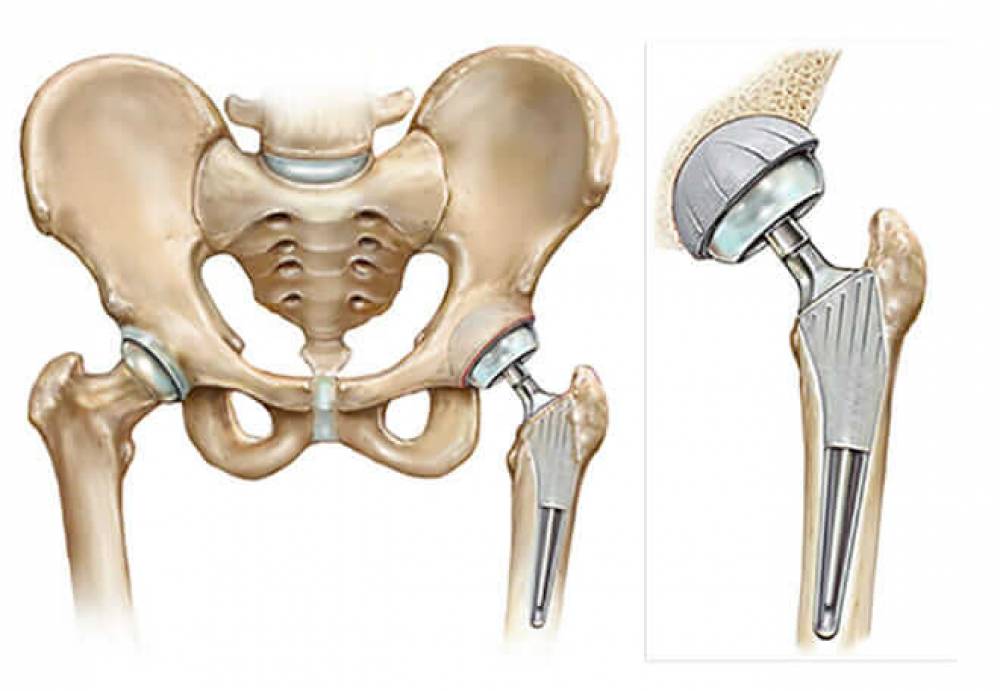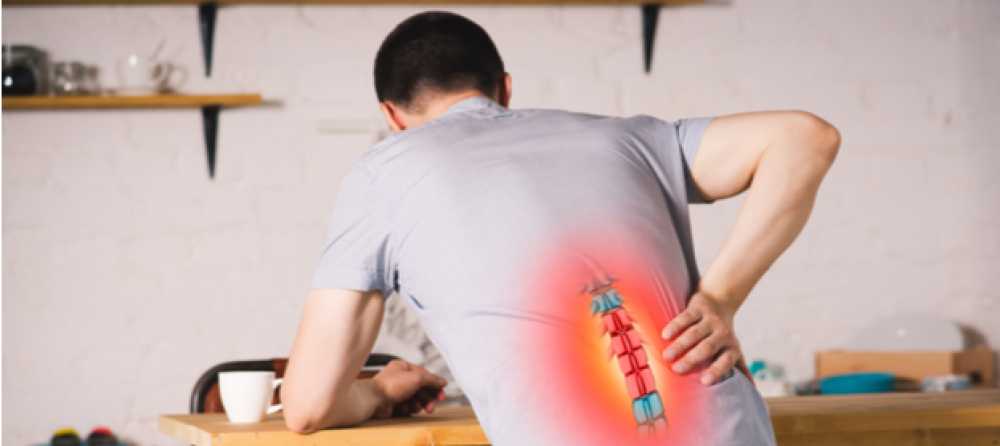Lower Back Pain: What Causes It and How to Get Rid of It?
Lower Back Pain
Chronic lower back pain is a common health issue experienced by many individuals. Studies suggest that lower back pain is rarely caused by muscle and ligament injuries; rather, it is often associated with issues related to the lumbar discs, nerves, joints, or vertebrae. There are numerous potential causes for chronic lower back pain.
In general, arthritis and herniated discs are the primary causes of many types of chronic lower back pain. These pains may occasionally manifest as worsening and intermittent and may worsen over time. It should be noted that the symptoms of lower back pain can vary from person to person, and the underlying cause of the pain can also differ.
Among the common causes of lower back pain are stress and strain. Symptoms may not always be apparent, but the lumbar spine experiences various pressures throughout the day. Additionally, frequent heavy lifting or unnatural movements can cause muscle and ligament damage, resulting in lower back pain.
While the aforementioned causes may not be long-lasting and may improve within a few days or even several months, it is advisable to consult a doctor to determine the ideal self-care and treatment for lower back pain. The prescribed treatment may include exercises, pain-relief techniques, and physical therapy, and in severe cases, surgical intervention may be recommended.
Many underlying causes and persistent symptoms of lower back pain can be exhausting and troublesome for individuals, negatively impacting their daily lives. Therefore, it is recommended to adopt a healthy lifestyle, avoid excessive stress on the back, and maintain proper body posture during daily activities.
In conclusion, chronic lower back pain can be an annoying and negatively impacting source of discomfort in individuals’ lives. Visiting a doctor to determine the cause and appropriate treatment plan is crucial. Neglecting such pain should be avoided, and efforts should be made to reduce the contributing factors to maintain a healthy, pain-free back.
What Causes Pain in the Lower Back Above the Buttocks?
Pain in the lower back above the buttocks in women is a common issue that can result from various causes. Prolonged sitting without changing sitting positions can increase pressure on the coccyx area and thus cause pain. Additionally, the pain can be caused by an injury to the coccyx area resulting from a fall or specific trauma.
Pain in the coccyx area can also be associated with other factors, such as a deficiency of fat in the buttocks, leading to friction between the coccyx and surrounding tissues. Furthermore, as individuals age, the coccyx can undergo wear and tear, causing pain in this area.
Infections are also a potential cause of pain in the coccyx area. Coccydynia is a rare condition characterized by severe and long-lasting pain. It can typically be treated with long-acting topical corticosteroids.
There are also rare cases of the formation of cysts or unusual accumulations under the lower back or above the buttocks, which can cause severe pain in the lower back.
To determine the exact cause of pain in the lower back above the buttocks and the inability to sit on the buttocks, it is advisable to consult an orthopedic doctor. The doctor will perform diagnostic tests such as X-rays to identify the underlying cause of coccyx area pain. Identifying the exact cause will help determine the appropriate treatment plan.
What Does Lower Back Pain Mean in Women?
Lower back pain is a common health issue experienced by many women. This pain can have multiple and diverse causes attributed to various factors. Among the common causes of lower back pain in women are premenstrual syndrome (PMS) and herniated discs.
Many women experience lower back pain before the start of their menstrual cycle. These pains usually begin a few days before the menstrual period and continue for days after it starts, often accompanied by various symptoms. Although these symptoms typically appear individually, they can cause discomfort and have a negative impact on a woman’s life.
Furthermore, other potential causes of lower back pain in women include conditions such as endometriosis, gynecological infections, and sexually transmitted diseases. These pains may also be associated with some other health issues like spinal deformities or digestive system problems.
Pain in the lower back area in women can lead to anxiety and discomfort. If these pains persist or worsen, it is advisable to seek medical attention for an accurate diagnosis and to determine the underlying cause of the pain.
It’s essential to note that pain resulting from an injury, accident, or fall can be a serious sign and should not be ignored. Additionally, if the pain is accompanied by other symptoms such as motor or bowel and bladder disturbances, immediate medical intervention may be required.
In summary, lower back pain in women can be a natural consequence of changes in the reproductive system or spinal issues. However, attention should be paid to any unusual or non-routine pain, and a doctor should be consulted to evaluate the condition and recommend appropriate treatment.
How to Get Rid of Lower Back Pain?
Lower back pain is a common issue that many people experience. This pain can result from various factors, such as poor ergonomics, prolonged sitting in front of a computer, heavy lifting, spinal conditions, and more. It’s important to address this pain properly and effectively. In this article, we will present some helpful home remedies for relieving lower back pain.
- Rest:
It’s essential to give your back some rest, especially during the first hours after the onset of pain. Avoid heavy lifting and strenuous movements for your back and refrain from activities that cause pain until you recover.
- Hot and Cold Packs:
Applying hot packs to your back can help soothe muscles and reduce pain. Similarly, cold packs can be used to reduce inflammation and alleviate pain.
- Pain Relievers:
Over-the-counter pain relievers such as acetaminophen or ibuprofen can be used for temporary pain relief.
- Exercise and Physical Activity:
Regular physical activity and specific exercises can help strengthen back muscles and improve their flexibility. Try exercises like swimming, walking, stretching, and balance-improving exercises to reduce pain and enhance posture.
- Preventative Measures at Home:
Maintain good posture while sitting and sleeping, and keep your workspace clean to avoid poor ergonomics and muscle fatigue. Use suitable and well-fitted furniture to prevent stress and factors that may cause pain.
No matter which method you choose to alleviate lower back pain, it’s important to remember that if the pain is severe or persists for an extended period, it’s advisable to consult a doctor for an evaluation and guidance on appropriate treatment.
What Causes Sudden Lower Back Pain?
Sudden lower back pain is a common issue experienced by many individuals. The causes of this type of pain can be multifactorial, and it’s important to understand the factors that may lead to its occurrence.
One of the reasons for sudden lower back pain is acute injury. When a person is involved in an accident or lifts a heavy object improperly, it can result in strains or tears in the back muscles or ligaments. This type of injury is often associated with unhealthy lifestyle habits, such as repeated heavy lifting or poor posture while sitting or sleeping.
Additionally, sudden back pain in the lower region can be attributed to the spinal column and intervertebral discs. In many cases, this is due to issues with the intervertebral discs located between the vertebrae, which act as shock absorbers for the spine. Tears or herniation of these discs can lead to pressure on surrounding nerves, causing sharp lower back pain.
Other potential causes of sudden lower back pain include arthritis and inflammation of the muscles around the joints, often as a result of muscle fatigue, overexertion, or injury. These conditions can lead to swelling and irritation in the joints and surrounding tissues, resulting in acute back pain.
It’s important to note that these potential causes of sudden lower back pain are not an exhaustive list, and each person may have their unique experiences and factors contributing to this type of pain. If you are experiencing sudden lower back pain, it is advisable to consult a medical professional for diagnosis and to determine the underlying cause and appropriate treatment.
Does Vitamin D Deficiency Cause Back Pain?
Yes, vitamin D deficiency can lead to bone and back pain. There are numerous studies that suggest a connection between vitamin D deficiency and chronic back pain. Studies conducted in 2015 and 2018 found an association between vitamin D deficiency and ongoing lower back pain.
Many individuals suffer from chronic back pain, and it has been found that half of those experiencing such pain also have a deficiency in vitamin D. Vitamin D deficiency symptoms become more pronounced during the winter months when daylight hours are shorter, and sun exposure decreases. When the body doesn’t receive sufficient sunlight, it produces less vitamin D.
One study revealed that increasing severity of back pain is linked to lower levels of vitamin D. Various indicators, such as arthritis, muscle pain, and chronic bone pain, have also been associated with vitamin D deficiency. Additionally, symptoms of vitamin D deficiency include fatigue, muscle weakness, muscle spasms, and sudden mood changes like depression and mood swings.
Therefore, individuals suffering from chronic back pain should ensure they have an adequate intake of vitamin D and calcium in their diet or supplement them if necessary. Consulting with a nutrition specialist may be beneficial to determine the appropriate dosage and the right dietary regimen to alleviate pain and improve bone and back health.
Can a Mattress Cause Back Pain?
Can a mattress cause back pain? Many people experience back pain after sleeping and wonder if the mattress is to blame for these aches. The truth is that several factors can contribute to back pain after sleeping, including the mattress we use.
Poor-quality mattresses that do not provide adequate support for the spine are among the primary causes of back pain. If a mattress is old or damaged, it can cause significant problems and sharp back pain. It is advisable to change mattresses regularly, every few years, to avoid back pain after sleeping.
There are signs that indicate your mattress might be the cause of your back pain upon waking up. If you experience pain immediately upon waking up or within 10 to 30 minutes of waking up, and if you find relief after doing stretching and walking exercises, it is likely that your mattress is the culprit. If you continue to toss and turn during the night and experience increased pressure on your joints, you may need to consider changing your mattress.
Prolonged periods of sitting or lying in an unnatural position can result in back pain. These pains manifest as mild lower back pain, stiffness in the neck, and numbness in the legs and feet. An unsuitable and unhealthy mattress can lead to discomfort immediately upon waking up and cause chronic back pain.
In summary, the mattress can indeed be a cause of back pain after sleeping. For individuals experiencing excessive or persistent back pain, changing the mattress and ensuring proper sleep patterns may be the appropriate solution.
What Causes Lower Back Pain Radiating to the Legs?
Many people experience lower back pain that radiates to the legs, and these symptoms are common and bothersome. It’s important to identify the causes of this pain and how to manage it. In this article, we’ll discuss the most common possible causes of this type of pain and provide some tips for relief.
- Herniated Disc: A herniated disc is one of the leading causes of lower back pain that radiates to the legs. This occurs when one of the spinal discs, which are made of cartilage, is damaged and presses on the surrounding nerves. The affected individual may experience severe pain and numbness in the back and legs, and symptoms may include difficulty walking.
- Spinal Stenosis: Spinal stenosis occurs when the bony part of the vertebrae abnormally narrows, leading to nerve compression. Common symptoms of this condition include lower back and leg pain, along with leg muscle weakness and difficulty walking.
- Sciatica: Sciatica causes pain and numbness in the lower back and legs. It can occur due to nerve compression or inflammation, often as a result of spinal stenosis or a herniated disc. Consulting a doctor for diagnosis and appropriate treatment is advisable.
- Sacroiliitis: Sacroiliitis can cause lower back and leg pain. It occurs when the sacroiliac joint, located at the base of the spine, becomes inflamed. Common symptoms include severe back and leg pain, and the pain may worsen with movement.
- Muscle and Ligament Strains: Lower back and leg pain can result from muscle tension or ligament strains. This can happen due to excessive muscle exertion or sports injuries. Rest and the use of ice can help alleviate pain in such cases.
- Arthritis: Arthritis in the spinal area can lead to lower back pain that radiates to the legs. This condition may cause swelling and stiffness in the affected joints.
When experiencing lower back pain radiating to the legs, it is essential to consult a medical professional for diagnosis and appropriate treatment. It is also advised to avoid heavy lifting, prolonged sitting, and engage in exercises that strengthen the back and legs. Remember that prevention is better than treatment, so maintaining a regular exercise routine, following a healthy diet, and drinking an adequate amount of water daily can help maintain the health of your back and kidneys.
What Is the Difference Between Back Pain and Kidney Pain?
Many individuals experience both back pain and kidney pain, and while the pain may appear similar in some cases, there are fundamental differences between them. In this article, we will explore the distinctions between back pain and kidney pain to help you differentiate between the two.
Symptoms of Kidney Pain:
Cloudy or bloody urine may appear in some cases. Experiencing some pain when urinating. Difficulty in breathing when suffering from severe and acute kidney damage.
Symptoms of Back Pain:
Feeling some pain or stiffness along the spine. Experiencing sharp pain in the neck area at times. Weakness in one or both legs. Inability to completely empty the bladder.
There are different causes for both kidney pain and back pain, and by understanding these causes, we can better distinguish between them.
Causes of Kidney Pain:
Suffering from various different kidney diseases.
Causes of Back Pain:
Muscle spasms in the back. Spinal arthritis. Herniated disc. Pressure on nerves in the spine.
For an accurate diagnosis of the pain you are experiencing, it is essential to consult a specialized doctor. They may request certain tests such as X-rays or magnetic resonance imaging (MRI) to precisely determine the cause of the pain.
It’s important to note that this article is based solely on available online information and cannot be considered a precise medical consultation. Therefore, we recommend visiting a specialized doctor to receive a precise diagnosis and the necessary care.
Remember that prevention is better than treatment, and to maintain the health of your back and kidneys, it’s important to engage in regular exercise, follow a healthy diet, and drink an adequate amount of water daily.
How Do I Know If I Have a Disc in My Back?
Continuous Back Pain:
If you are experiencing continuous pain in the back region, it may indicate the presence of a disc in your back. The pain can be severe, persistent, and may radiate down to your legs.
Muscle Weakness:
If you feel muscle weakness, especially in your legs, it could be a result of the disc pressing on the nerves. This can lead to difficulty walking or fatigue during daily activities.
Tingling or Numbness in Limbs:
If you experience tingling or numbness in your lower limbs, it could be a sign of a disc in your back. This can occur due to the disc’s pressure on the surrounding nerves.
Difficulty in Movement:
If you have difficulty moving or feel restricted in the movement of your spine, it could be due to the disc’s impact on vertebral mobility.
Leg Pain:
You may experience sharp leg pain, especially when sitting or standing for extended periods. This may be associated with a disc in your back compressing the surrounding nerves.
It’s important to note that these signs may indicate the presence of a disc in your back, but they do not constitute a definitive diagnosis. You should consult a specialized doctor to determine the precise diagnosis and prescribe the appropriate treatment.
Your doctor may conduct a comprehensive examination and request diagnostic tests such as X-rays or magnetic resonance imaging (MRI) to determine the presence and extent of the disc-related issues.
Treatment aims to alleviate pain, restore mobility, and strengthen the muscles around the spine. Physical therapy and rehabilitation exercises, along with medication, may be used, and in some cases, surgery may be necessary.
Do not hesitate to consult your doctor for an accurate diagnosis and appropriate treatment if you have concerns about having a disc in your back.
Top Orthopedic Surgeon in Egypt
Dr. Amr Amal is one of the most renowned and skilled orthopedic surgeons in Egypt. He holds a Doctor of Medicine (MD) degree in Orthopedic Surgery from Ain Shams University and is considered one of the leading consultants in this field. Dr. Amr possesses extensive experience and broad knowledge in the field of orthopedic surgery.
Dr. Amr Amal graduated as a medical doctor from Ain Shams University’s Faculty of Medicine with honors. He worked as a resident physician in Ain Shams University Hospitals for three years and as an assistant lecturer for five years in the same hospitals. Currently, he serves as an assistant professor of orthopedic and arthroscopic surgery at Ain Shams University.
Dr. Amr is known for his exceptional skills in performing procedures such as plate and screw fixation in limb fractures, including the arm and ankle. He ensures the highest standards of infection control within his clinics, guaranteeing patient safety and the success of surgical procedures.
Additionally, Dr. Amr Amal is a faculty member at Ain Shams University, reflecting his high level of experience and knowledge in the field of orthopedic surgery. He teaches medical students and trains them on the latest surgical techniques and procedures in this field.
In general, Dr. Amr Amal enjoys an excellent reputation in the field of orthopedic surgery in Egypt. He is known as a respectful and knowledgeable professional, with a commitment to advancing the medical field and training the next generation of doctors.
